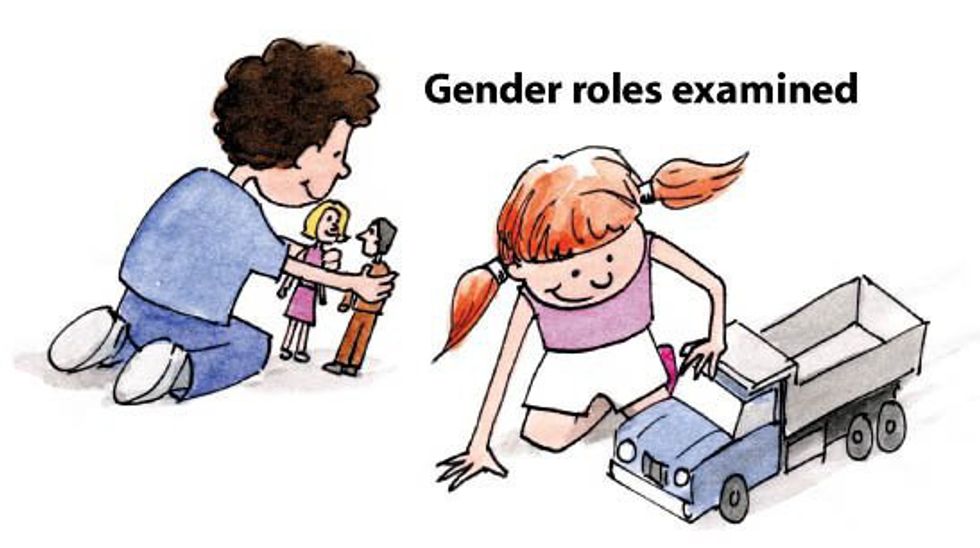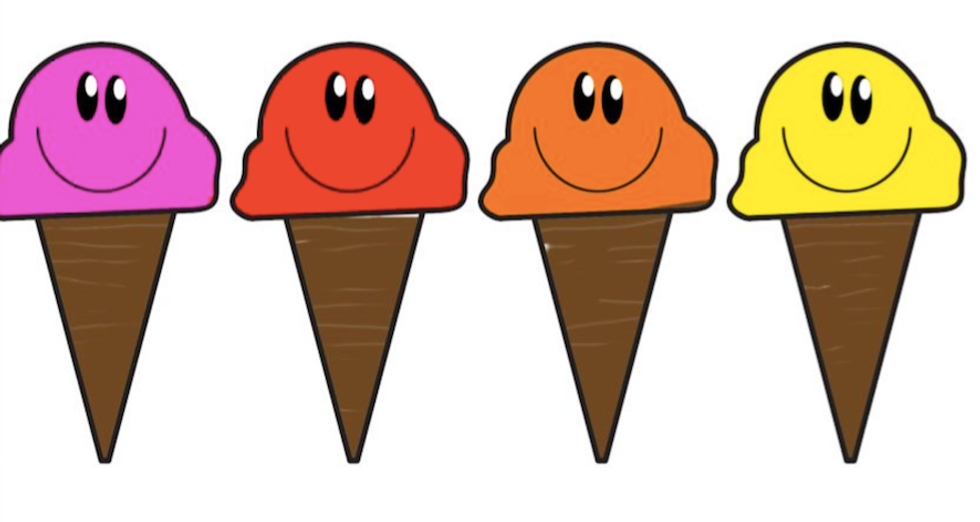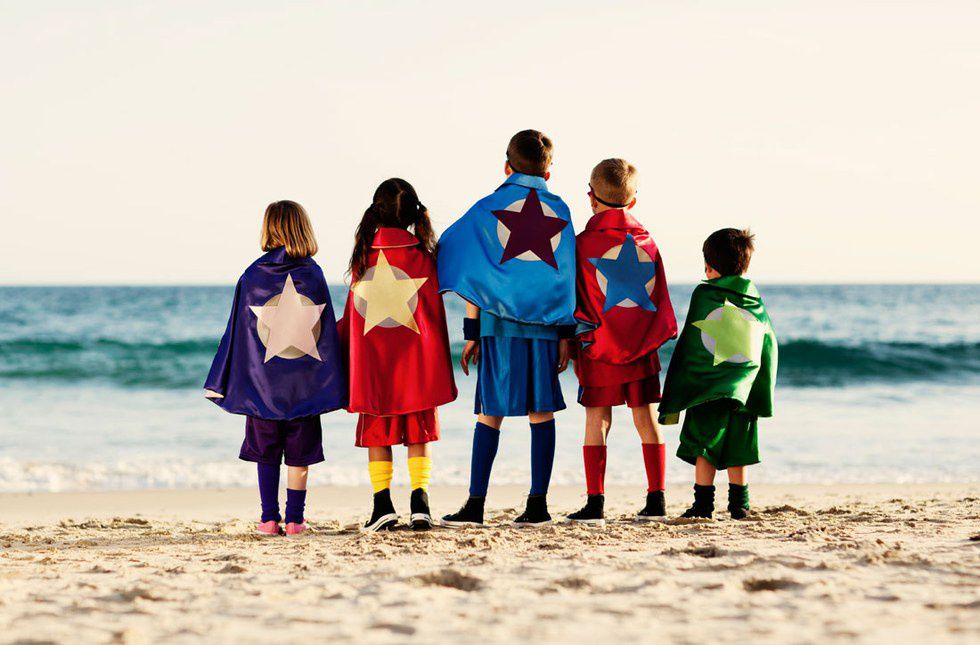On Thursday, March 9, I went to my elementary school placement where I attended an after school program and interacted with students from grades 1-4. I honestly feel that as a teacher in training I often learn more from my students than they do from me, but I hope the learning is mutual. This past week, however, I was blown away by the children’s ability to rationally process their concept of gender identity.
“When I think about ice cream, I think about boys,” one girl in the third grade said. I was both worried and intrigued, so I asked “Why do you think about boys?” She shrugged — which seems to be a popular form of communication at this age — “I don’t know, just like if I see a face on a ice cream, it looks like a boy to me, like a boy ice cream.”
Essentially what this eight-year-old girl was telling me was that she associated ice cream as being male or masculine for some reason or another and she seemed just as confused as me about it; I decided to try and make a learning experience out of it. (This is what we call an informal learning experience in the education field. It’s basically when a child says something and the adult uses this sudden realization — whether it's true or a misconception — to teach them something about themselves or the world around them in a guided way.)
“Isn’t that weird the way that we think of certain objects as boys and certain things as girls, but they’re not boys or girls, they’re just things?” I asked. She replied, “What do you mean?” Maybe I wasn’t being clear enough, but it’s a complicated topic I wasn’t sure I’d be able to explain well enough to adults, let alone children. I decided to go with examples. “Well, okay, when I say something like flowers do you think about boys or girls?”
Feel free to stop and consider what your responses would be.
One girl responded “Boys because girls give flowers to boys.” Admittedly, I was a bit thrown off by that answer because it wasn’t the one I was expecting. In fact, I expected the opposite answer, that boys give flowers to girls, but I felt refreshed at this new outlook. It made me think that maybe times are changing in the gender expectation department, one third grader at a time; but I still wasn’t too sure that it wasn’t just their age speaking for them. After all, I was extremely forward with all my crushes at eight.
I tried again. “Okay, what about if you think about the sun and the moon? Do you think one is a boy and the other is a girl?” The response was once again the opposite of the answer I was used to: “I think the sun is a girl and the moon is a boy, buuut…. I don’t really know why actually.” Many of the other girls sitting with us chimed in to agree, although two did object and say they thought the sun was a boy and the moon was a girl. All the girls had a confused look on their faces, though, and one girl shouted out, “Yeah, why do we think that? I don’t really know why but I don’t know.”
“But does it matter?” I asked. “I mean the sun is not a boy or a girl, it’s a really big star. And isn’t it okay for something to not be a boy or a girl? I mean even some people don’t feel like a boy or a girl, they just want to be people; so just like you look at the sun and say ‘oh that’s just a star,’ you can look at the person and say ‘that’s just a person.’“ I wasn’t sure how easily I’d be able to sell the concept of agender people to third graders, but it actually went really well and I got to hear the satisfying unanimous “Ooohhh” and even a couple “Wow!”s.
I tried to end on a summarizing note like teachers sometimes close lessons with by saying “So the next time you think about something, or even a person, think about why you think about them as a boy or a girl, and if that’s always always true or maybe not.”
I have to say, I was very impressed with my students’ ability to question their own thought process. I know some adults who seem unable to do the same; perhaps, though, if we promote this behavior at an early age, it will become a norm to question information before accepting it. By the end of the day, my students were not only questioning their conceptions of gender but engaging in student-lead conversation about who thought of what objects as what gender and why. These eight- and nine-year-olds were now comparing their thoughts to one another and attempting to better understand themselves and others all on their own!
I was truly a proud teacher in training at that moment, as I usually am, and I have come away from the experience with newfound hope in the children of the future to question and change the world around them. I am excited to see what they accomplish.



























